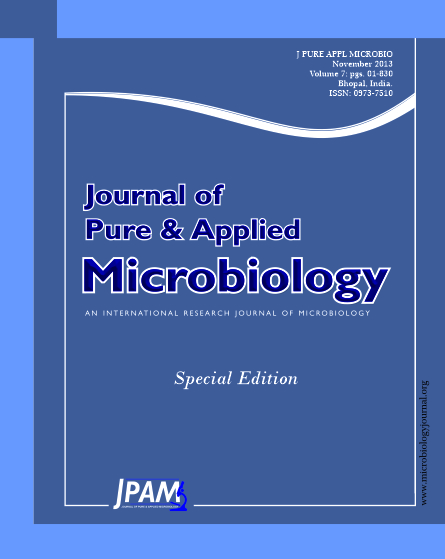In pandemic, it’s much difficult to tell which kind of intervention strategies is the most effective within a terminal. To achieve that, the influences that super spreader, age structure and group behavior impacted on the transmission had to be quantitatively evaluated. This paper was to propose a method capable of quantitatively analyzing the influences. First of all, the SEIR model got improved with influenza spread characteristics within terminal in individual level. Then behaviors of passengers in different groups optimized the social force model. Besides, both of them were fused in simulations within a terminal. Experiments indicated that super spreader impacted a lot on influenza transmission in departure; group behavior imposed a great influence on the spread in arrival and age structure generated a little impact. In departure and arrival, intervention strategies should get adjusted to arrest influenza development.
Influenza spread, Super spreader, Age Structure, Grout behavior, Individual contacts based SEIR model, Social force model
© The Author(s) 2013. Open Access. This article is distributed under the terms of the Creative Commons Attribution 4.0 International License which permits unrestricted use, sharing, distribution, and reproduction in any medium, provided you give appropriate credit to the original author(s) and the source, provide a link to the Creative Commons license, and indicate if changes were made.


